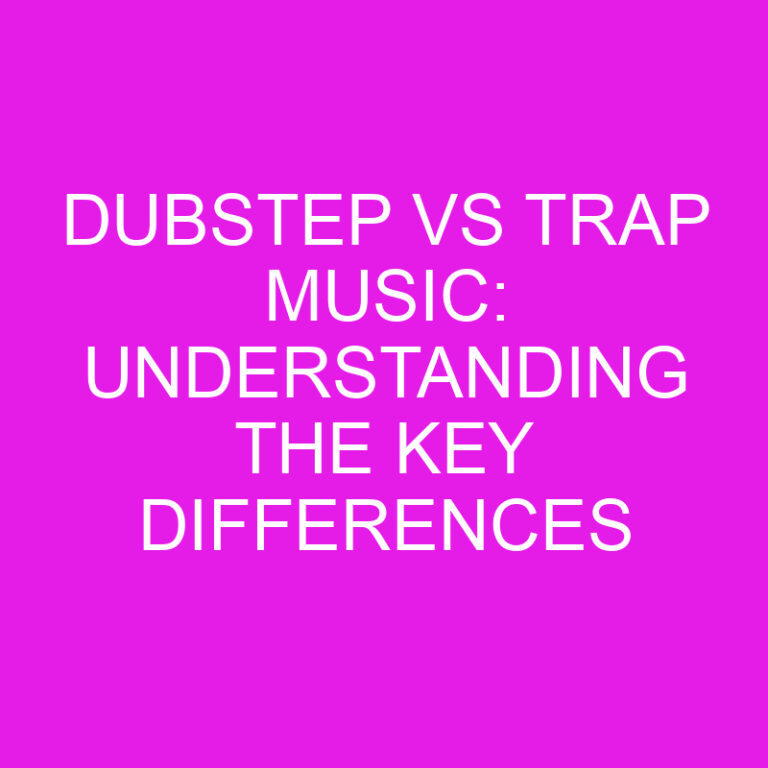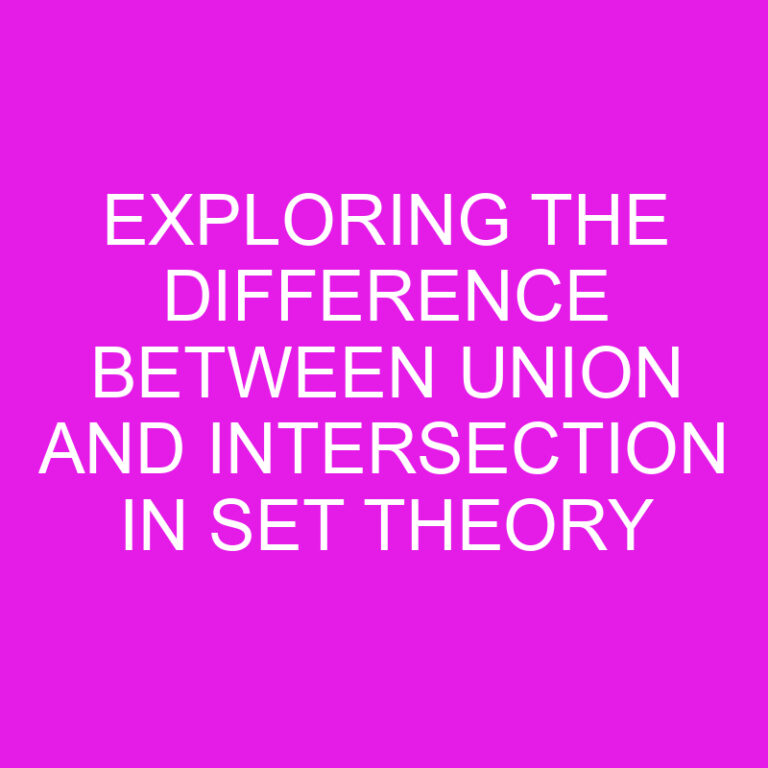
Hey there! Today, I’ll be diving into the intriguing world of words and exploring the difference between “apart” and “a part.” These two little words may seem similar at first glance, but they actually have completely different meanings. So, let’s unravel the mystery and get a clear understanding of when to use “apart” and when to use “a part.”
When we talk about “apart,” we’re referring to something being separate or distant from something else. It’s like when you and your best friend move to different cities for college, you’re now living apart. On the other hand, “a part” refers to being included or involved in something. It’s like being a part of a team or a part of a family.
Post Contents
Key Takeaways
- “Apart” refers to something being separate or distant from something else, while “a part” refers to being included or involved in something.
- “Apart” can indicate physical distance, emotional separation, time or chronological separation, or making a choice to distance oneself from a group or activity.
- Examples of using “apart” include physical distance between objects, emotional separation after an argument, time gaps between events, and choosing to set oneself apart from a team.
- “A part” emphasizes being a component or member of something, highlighting inclusion and belonging.
- Examples of “a part” include being a member of a team, a missing piece of a puzzle, an essential component in technology, and being a member of a family.
- Understanding the differences between “apart” and “a part” is crucial for effective communication and choosing the right word for precision and clarity.
The Meaning of “Apart”
When we use the word “apart,” we are referring to something that is separate or distant from something else. It conveys the idea of being apart or separated from a group or entity. Let me explain further.
- Physical Distance: When we say that two objects are “apart,” we mean that there is a physical separation between them. For example, if I say, “The two buildings are apart,” it suggests that there is a significant distance between them.
- Emotional Separation: “Apart” can also be used to describe a situation where two people or entities are emotionally distant or disconnected. For instance, if I say, “After the disagreement, we grew apart,” it implies that our relationship became strained, and we no longer have the same emotional connection.
- Time or Chronological Separation: We can also use “apart” to refer to a temporal or chronological separation. For example, if I say, “The two events are a week apart,” it means that there is a one-week time gap between them.
- Making Choices: In some cases, “apart” can be used to suggest a choice or decision to distance oneself from a particular group or activity. For instance, if I say, “He decided to set himself apart from the rest of the team,” it indicates that he made a conscious choice to be separate or distinct from the group.
Examples of “Apart”
When we use the word “apart,” there are various situations and contexts in which it can be applied, indicating different meanings depending on the circumstances. Let’s explore some examples that illustrate the different uses of “apart”:
- Physical Distance:
- Sarah and John live hundreds of miles apart from each other.
- The two houses are set apart by a beautiful garden.
- Emotional Separation:
- After their argument, Elsa and Anna decided to live apart for a while.
- The loss of a loved one can tear a family apart.
- Time or Chronological Separation:
- There is a time interval of two years apart between the two events.
- The elections are held every four years, with each cycle two years apart.
- Choosing Distance:
- I had to put my personal beliefs and biases apart to make an unbiased decision.
- Sometimes, it’s necessary to set personal considerations apart and focus on the bigger picture.
By examining these examples, we can see that “apart” serves as a versatile word with different connotations depending on the context. Whether it refers to physical separation, emotional distance, chronological gaps, or the act of distancing oneself from certain factors, “apart” adds depth and clarity to our language.
Understanding the various uses of “apart” enables us to express ourselves more precisely and effectively in our everyday conversations and written expressions. So, next time you come across the word “apart,” take a moment to consider the specific meaning and nuance it carries in that particular context.
The Meaning of “A Part”
When we talk about the word “a part,” it can have a completely different meaning than “apart.” While “apart” suggests separation or distance, “a part” refers to being a component or member of something.
For example, if I say “I am a part of a team,” I’m indicating that I am a member of that specific group. In this context, “a part” is used to describe inclusion and belonging. It emphasizes the individual’s involvement and the importance of their contribution to the collective.
Similarly, when we say “this puzzle is missing a piece,” we are highlighting that there is one component that is absent. Each piece is essential for the puzzle to be complete. In this case, “a part” signifies an individual element or constituent that makes up a whole.
Understanding the different meanings of “apart” and “a part” is crucial to effective communication. Whether we want to express separation or involvement, choosing the right word is essential for precision and clarity.
To summarize, “a part” refers to being a component or member of something, emphasizing inclusion and belonging. It is distinct from “apart,” which conveys separation or distance.
Examples of “A Part”
As I mentioned earlier, “a part” is a completely different concept from “apart.” While “apart” implies separation or distance, “a part” emphasizes inclusion and belonging. It highlights the individual’s involvement and the importance of their contribution to the collective. Let’s take a look at some examples to better understand the meaning of “a part”:
- A team member: When I joined the company, I became a part of a highly skilled team of professionals. Each individual brings their expertise and unique perspective, and together, we work towards achieving our goals. Being a part of this team has allowed me to grow both personally and professionally.
- A piece of artwork: As an art enthusiast, I admire the intricate details and creativity that go into creating a masterpiece. Every brushstroke and color choice plays a part in the overall composition. Each element harmoniously contributes to the artwork’s beauty and message. Without any one element, the artwork would not be complete.
- An important component: In the field of technology, every small component plays a part in the functioning of a larger system. From microchips to circuits, every piece is vital in ensuring the smooth operation of electronic devices. Understanding how each component interacts with the others is crucial for designing efficient and reliable technology.
- A member of a family: When you become a part of a family, you are connected by blood or through marriage. Each family member has their own unique role and responsibilities, contributing to the dynamics and harmony within the family unit. Being a part of a loving and supportive family can provide a strong sense of belonging.
Understanding the different meanings of “apart” and “a part” is crucial for effective communication. Choosing the right word is essential for precision and clarity. Now that we have explored some examples of “a part,” let’s move on to the next section to discover more examples of “apart” and how it is used in different contexts.
Conclusion
Understanding the difference between “apart” and “a part” is essential for effective communication. While “apart” denotes separation or distance, “a part” emphasizes inclusion and belonging. By choosing the right word, we can convey our intended meaning with precision and clarity.
In this article, we explored various examples of “a part” to illustrate its significance. Whether it’s being a team member, a piece of artwork, an important component in technology, or a member of a family, “a part” highlights the sense of being connected and involved.
By recognizing the distinction between these two words, we can avoid confusion and ensure that our message is accurately conveyed. So, next time you’re writing or speaking, remember to consider whether you mean “apart” or “a part” to convey your intended meaning.
Understanding the meanings of “apart” and “a part” is crucial for effective communication. By using these words correctly, we can express ourselves clearly and avoid any potential misunderstandings.
Frequently Asked Questions
Q: What does the word “apart” mean?
A: “Apart” means separation or distance. It implies being separated or detached from something.
Q: What is the concept of “a part”?
A: “A part” emphasizes inclusion and belonging. It refers to being involved or being a component of something.
Q: Can you provide examples of “a part”?
A: Sure! Examples of “a part” include being a team member, a piece of artwork, an important component in technology, or a member of a family.
Q: Why is it important to understand the meanings of “apart” and “a part”?
A: Understanding the different meanings of “apart” and “a part” is crucial for precise and clear communication. Choosing the right word helps convey the intended message accurately.






